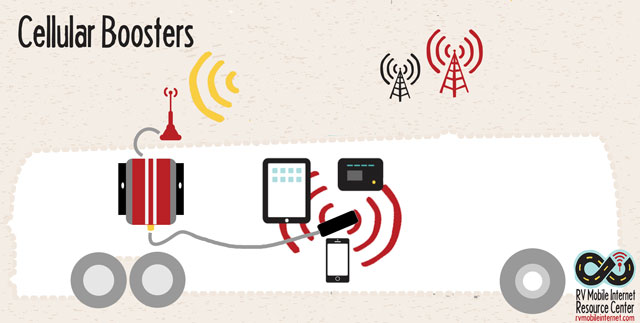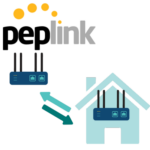Cellular boosters work by taking a weak signal from an external antenna, and amplifying it and rebroadcasting it on an internal antenna.
In fringe areas - the results can be near miraculous.
But what if the source signal isn't very weak? What happens then?
Bad things.
The rebroadcast interior signal can actually generate a feedback loop - with the inside signal getting picked up by the outside antenna, amplified again, and so on.
We've all heard a similar feedback explosion when someone with a microphone gets too close to a speaker.
SCREEECH!
On a cellular network - that screech can actually take out an entire channel on a local cell tower, diminishing cellular service for everyone.
To prevent this - the new FCC rules require all boosters sold after May 1st to have intelligent circuitry that dials down the booster automatically to prevent interference. This change makes boosters more complicated and expensive to design, but the overall improvement is worth it.
Old boosters are still legal to own and use, but you may get a knock on your door someday. This is what the FCC says:
"If a wireless provider or the FCC asks you to turn off your signal booster because it is causing interference to a wireless network, you must turn off your booster and leave it off until the interference problem can be resolved. When the new rules go into effect, you will be able to purchase a booster with additional safeguards that protect wireless networks from interference."
And yes - the FCC can and will track you down if you are causing interference.
Getting "The Knock"
If you get the knock - don't argue, and don't wait for the FCC tech to leave and then turn your booster back on. The penalties can be severe - and you are just being a bad neighbor to other wireless users too.
We recently heard from a friend who "got the knock" and had to shut down his booster. It was a friendly knock, and the FCC tech even gave him some tips on how to get his old booster back into compliance:
He recommended two things to fix the issue:
- Move the external antenna as far away from the repeater as possible.
- Replace the simple original omnidirectional antenna with a directional one, pointed at the tower, and away from the repeater inside.
I would also add a tip specific to RV'ers -- turn OFF your booster while you are underway, particularly if you are traveling through urban areas.
Boosters compliant with the new rules are just now beginning to ship - we expect to receive a Wilson Mobile 4G for review early next week. Stay tuned here for our first impressions.








 Mobile Internet Resource Center (dba Two Steps Beyond LLC) is founded by Chris & Cherie of
Mobile Internet Resource Center (dba Two Steps Beyond LLC) is founded by Chris & Cherie of